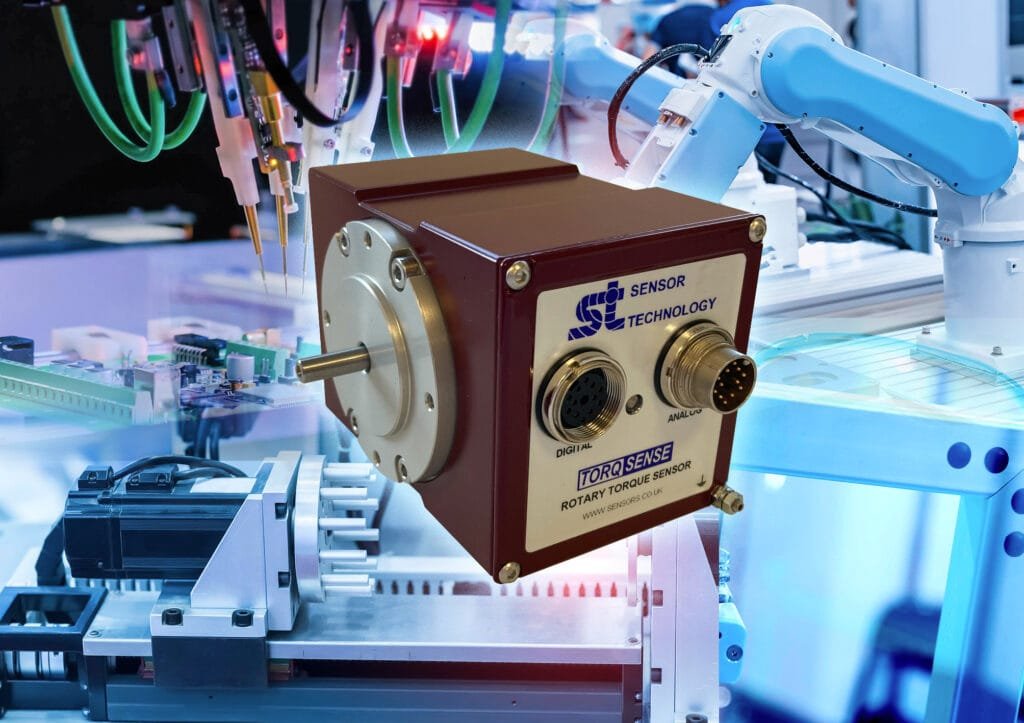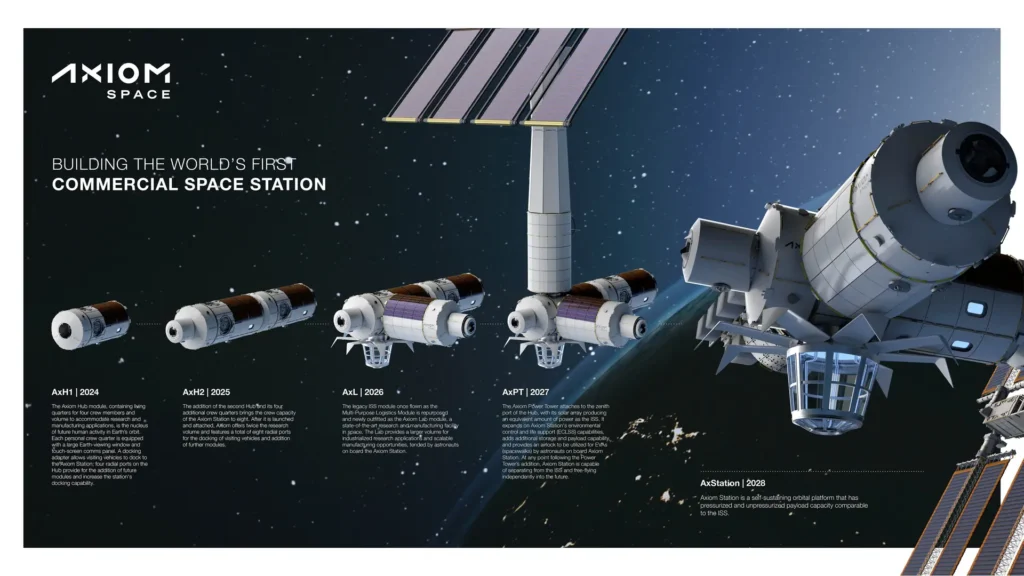VIAVI Solutions has announced the launch of its CX200 infrastructure field tester , a cutting-edge handheld device designed to simplify the work of field technicians while minimizing total cost of ownership (TCO). This innovative tool is tailored for testing, maintaining, and troubleshooting mission-critical radio networks. Visitors can explore the CX200 at the International Wireless Communications Expo 2025 (IWCE) , scheduled for March 19–20, at VIAVI Booth #1121.
Meeting the Needs of Modern Public Safety Radio Networks
The global public safety radio market continues to rely on robust technologies such as Project 25 (P25) in North America and Terrestrial Trunked Radio (TETRA) in Europe. However, there is a growing shift toward integrating secure cellular solutions to enhance mission-critical data and voice communications. Technicians responsible for deploying and maintaining these complex systems require advanced, user-friendly tools to ensure accuracy and efficiency in their operations.
Enter the CX200—a compact yet powerful solution that addresses these challenges head-on. By combining automated applications, cable sweeps, and site surveys into one portable device, the CX200 transforms how technicians approach on-site infrastructure testing.

Key Features of the CX200 Field Tester
The CX200 stands out with its suite of features designed to streamline workflows and improve precision:
- Intuitive Touchscreen Interface : A large color touchscreen paired with a browser-like navigation system allows technicians to switch seamlessly between test setups.
- Compact and Lightweight Design : Its portable form factor makes it ideal for both field use and lab bench applications.
- Visual Test Verification : Customizable, color-coded meters enable quick, at-a-glance verification of results.
- Built-In Cable and Antenna Analyzer : Simplifies infrastructure cable and antenna testing, saving time and effort.
- Advanced Spectrum Analyzer : Equipped to perform detailed site surveys and identify interference sources.
- Automated Testing Applications : Trusted by radio manufacturers globally, VIAVI’s Auto-Test apps reduce testing time and eliminate human error across all major LMR and PMR radios.
- Cloud Integration via StrataSync : Enables seamless asset management, configuration control, and data synchronization.
- Remote Control Capability : VIAVI Smart Access Anywhere allows users to operate the CX200 remotely using Windows, Android, or iOS devices.
A Game-Changer for the Industry
Wayne Wong, Director of Product Management, Radio Test at VIAVI, expressed his enthusiasm about the new release:
“We are thrilled to introduce the CX200 at IWCE this year. This latest addition to our portfolio underscores our commitment to delivering targeted solutions for diverse customer needs—from budget-conscious small-scale operations to organizations managing critical infrastructure. With the CX200, we continue to strengthen our leadership in the radio testing industry.”
By addressing every use case with precision-engineered tools, VIAVI reaffirms its position as a pioneer in network testing and assurance.
Why Choose VIAVI?
As a global leader in network test, monitoring, and assurance solutions, VIAVI serves industries ranging from telecommunications and cloud computing to public safety, defense, aerospace, and railways. Additionally, VIAVI excels in light management technologies used in anti-counterfeiting, consumer electronics, automotive, and industrial sectors.
With the introduction of the CX200, VIAVI reinforces its mission to empower technicians and organizations with tools that enhance operational efficiency and reliability.
Image source: google.com














